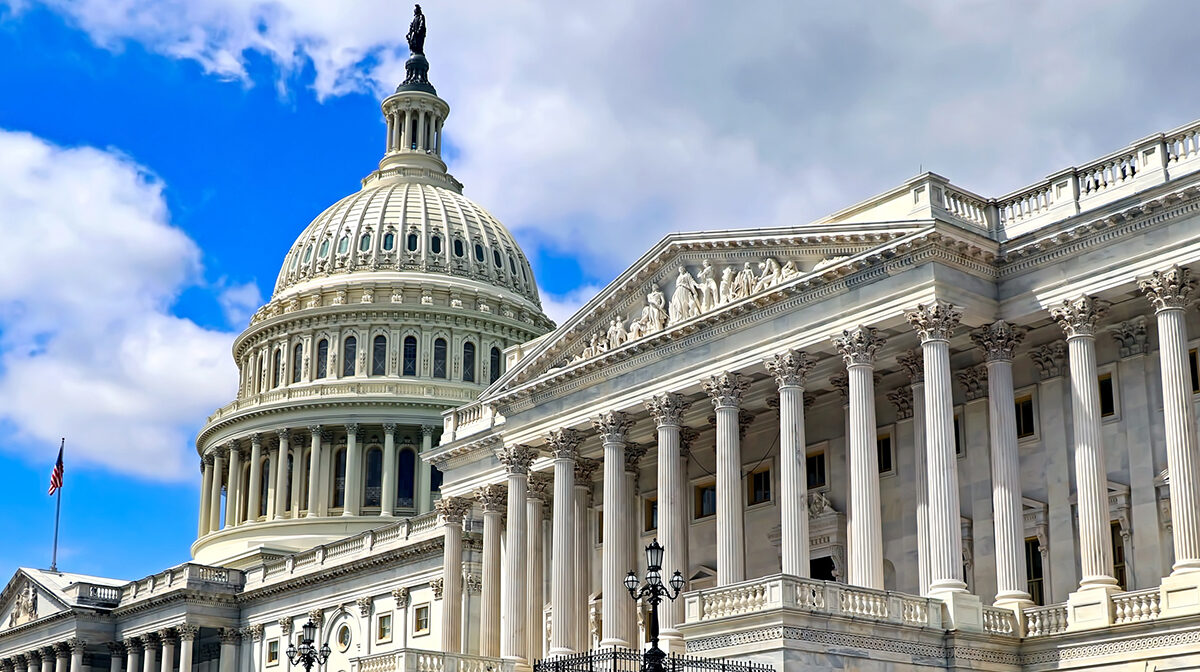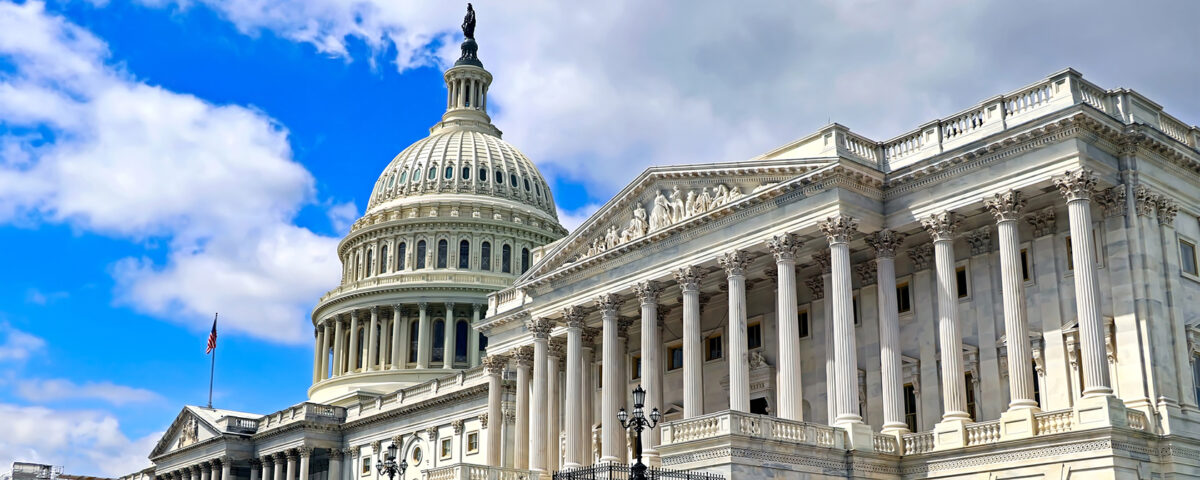Government Shutdown deepens: What is next as U.S. faces third-longest funding crisis in history?

Congress deadlock pushes U.S. to brink of shutdown.
The U.S. government shutdown entered its third week after the Senate failed for the 10th time to pass a stopgap funding bill. The standoff underscores deep partisan divisions over health care, defense spending, and budget priorities, even as critical agencies, federal workers, and national security functions face mounting pressure.
With no clear resolution in sight, federal operations continue at a skeleton level, and the risks of disruption, furloughs, and economic fallout intensify.
Senate Vote Collapse: 10th Failure to Reopen Government
On October 16, 2025, the Senate rejected a short-term funding measure for the tenth time, with a 51–45 vote falling well short of the 60 votes needed to break a filibuster.
Legislation to fund the Pentagon also failed to advance, dashing hopes of a partial reopening. Democrats have resisted support, arguing that piecemeal defense funding ignores broader public needs like health care subsidies and social safety nets.
Senate Majority Leader John Thune vowed to bring up a bill next week to ensure federal employees and service members get paid, a move that faces an uphill climb.
READ ALSO
Will the U.S. Government Shutdown again? Inside the Trump–Congress standoff
Shutdown as Third Longest in Modern History
The ongoing shutdown now ranks as the third-longest funding lapse in U.S. history, behind only the 1995 and 2018–19 shutdowns. The government first shut down at 12:01 a.m. EDT on October 1, 2025, marking a full funding gap.
Unlike earlier eras, modern shutdowns require congressional votes to ensure continuity, and when votes fail, many federal functions stall or operate at reduced capacity.
Critical Services Under Threat: Agencies, Courts & Nuclear Security
Judiciary and Courts on the Brink
The federal judiciary announced that it will no longer have full funds to operate after October 20, forcing staff furloughs and restricting operations to only constitutionally mandated duties.
Nuclear Agency Furloughs
The National Nuclear Security Administration (NNSA) plans to furlough roughly 80% of its civilian staff, approximately 1,400 employees, leaving only a fraction on essential duty. These employees support nuclear infrastructure, nonproliferation, and defense logistics.
Aviation and Federal Safety Risks
The airline industry has warned that insufficient staffing among air traffic controllers and TSA agents, many working without pay or with partial pay, is heightening safety risks and flight delays.
Other agencies have begun mass layoffs affecting thousands of federal employees. Some of these actions have been enjoined by court orders amid legal challenges.
Political Deadlock: Healthcare Demands vs. Reopening Pressure
Democrats have repeatedly declined to support standalone funding bills unless health care subsidies are preserved and addressed as part of any deal. Republicans counter that the government must reopen first before negotiation can proceed.
The dynamic has reviewers warning that prolonged funding stalemate may erode public trust and undermine governance credibility.
What Happens Next: Risks, Timelines & Stakes
- The Senate is expected to reconvene on Monday, with new attempts to bring up funding measures.
- House Republicans, meanwhile, have extended recess, avoiding votes until the shutdown ends.
- The White House has ordered military personnel pay to continue via reallocated funds, but civilian employees remain without guaranteed pay.
- Legal challenges, such as an injunction halting planned layoffs, may influence execution of personnel cuts.
If the impasse continues, further disruptions to social programs, public health infrastructure, and economic confidence are likely.
FAQ Section
1. Why is the U.S. government shut down in 2025?
The 2025 U.S. government shutdown began after Congress failed to pass a funding bill by the October 1 deadline. The impasse stems from disagreements between Senate Republicans and Democrats over health care subsidies, defense spending, and long-term budget priorities.
2. How many times has the Senate voted on ending the shutdown?
As of October 17, 2025, the Senate has failed 10 times to advance funding measures needed to reopen the government. Each attempt has fallen short of the 60 votes required to overcome a filibuster.
3. How long has the 2025 government shutdown lasted?
The shutdown has now entered Day 17, making it the third-longest in modern U.S. history, behind the 2018–19 (34-day) and 1995 (21-day) shutdowns.
4. Which federal employees are affected by the shutdown?
Hundreds of thousands of federal workers have been furloughed or are working without pay, including staff at the National Nuclear Security Administration, the federal judiciary, and various Department of Homeland Security divisions such as TSA and ICE.
5. Are military personnel being paid during the shutdown?
Yes. The White House authorized continued military pay using reallocated funds. However, other civilian defense workers and contractors are not guaranteed payment until the shutdown ends.
6. When is the next government shutdown vote scheduled?
The Senate is expected to reconvene on Monday, October 20, 2025, when Majority Leader John Thune plans to bring up a bill that ensures pay for federal employees working through the shutdown.
7. How is the shutdown affecting U.S. courts and legal services?
The federal judiciary has announced that it will run out of full funding by October 20, forcing courts to limit operations to essential constitutional and safety functions. Non-critical staff will face furloughs and delayed pay.
8. What happens if the shutdown continues?
If the shutdown extends beyond October, critical services, including aviation safety, food inspections, and nuclear oversight, could face severe disruptions. Economists warn it could shave billions off GDP and undermine public trust in government stability.
9. Has President Trump intervened in the shutdown negotiations?
According to AP News, President Donald Trump has so far shown limited involvement in direct negotiations, leaving talks primarily to Senate leadership. His administration, however, faces growing pressure to intervene as federal operations strain.
10. How does the 2025 shutdown compare to previous ones?
This shutdown has already surpassed the 2013 16-day lapse and is closing in on the 21-day 1995 shutdown. Experts note that political polarization and procedural gridlock have made modern shutdowns increasingly frequent and severe.
11. What are Democrats demanding before agreeing to a funding bill?
Democrats, led by Hakeem Jeffries, are holding out for the inclusion of health care tax credit extensions and stronger social protections in any funding package. They argue that passing piecemeal bills without addressing these priorities would harm average Americans.
12. When could the government realistically reopen?
If Monday’s vote advances, a temporary funding measure could reopen the government by late next week. But continued partisan clashes over spending priorities could delay resolution until November.




Government Shutdown: Why Democrats are winning and...
November 6, 2025